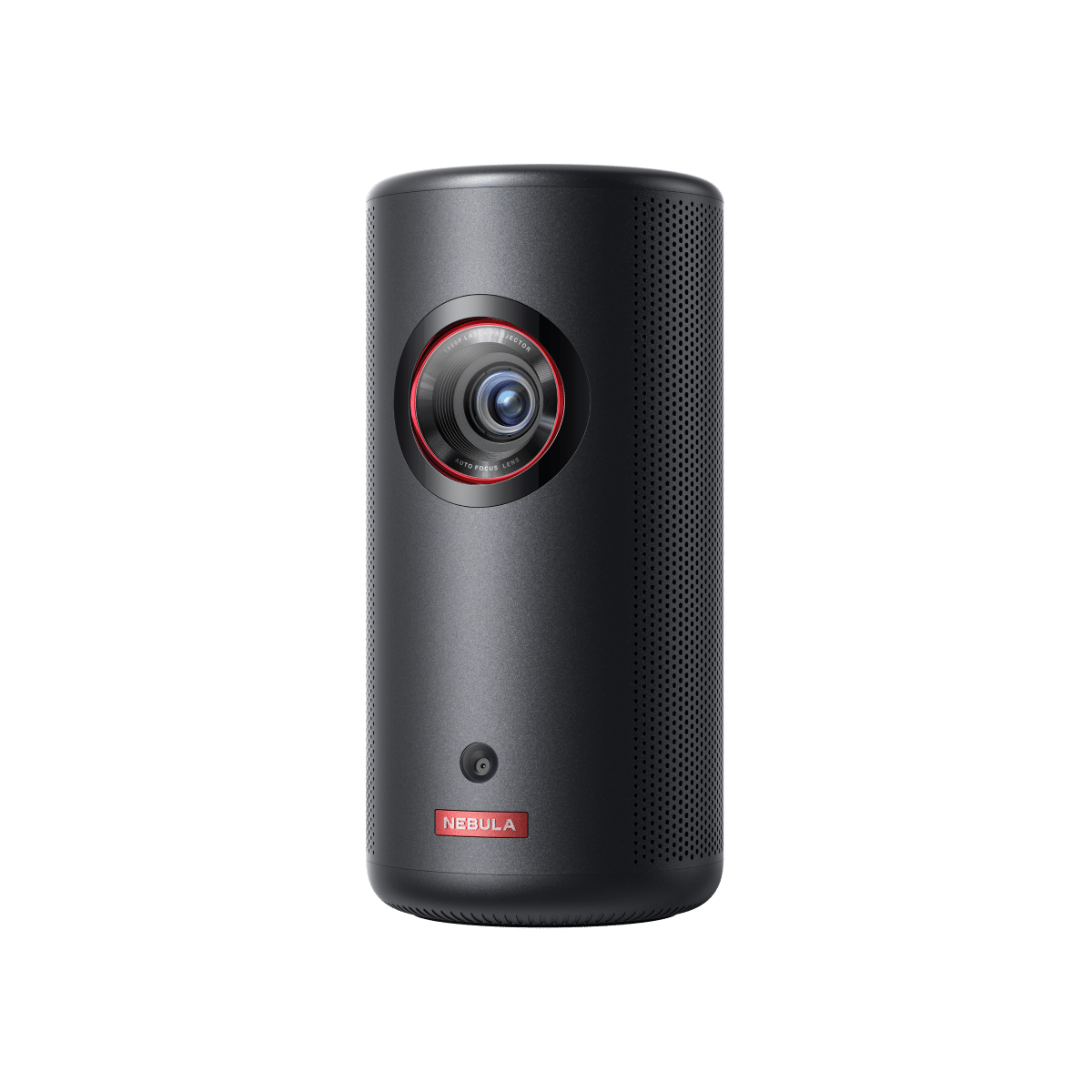Projector flickering can be a frustrating problem, greatly impacting the quality of your viewing experience. In this comprehensive guide, we will delve into the root causes of why the projector is flickering, providing a detailed understanding of why it occurs. We'll provide you with strategies and troubleshooting tips to fix flickering problems, ensuring a seamless projection experience. Plus, we'll help you prevent future projector flickering, so you can enjoy vibrant visuals. Without further ado, let’s begin!
Why is My Projector Flickering?
Projector blinking on and off can be caused by several factors, and understanding the underlying reasons is essential to resolve the issue:
Connection Problems
One of the common culprits behind a flickering projector is the integrity of the cables that connect your source device to the projector. HDMI, VGA, and power cables play a critical role in ensuring a stable signal transmission. When these cables are loose, it can disrupt the flow of data between your source and the projector, resulting in flickering on the image. To rectify this issue, it’s crucial to inspect all cable connections, ensuring they are securely plugged in.
Faulty HDMI Cable
Projector keeps flickering? A bad HDMI cable can introduce intermittent flickering, primarily due to its failure to transmit a stable and reliable signal. When an HDMI cable is faulty, it may struggle to maintain a consistent connection, leading to disruptions in the signal and to a projector flickering when connected to a laptop. This inconsistency can manifest as projector flashing motions on the projected image, where the screen alternates between clear visuals and disturbances.
Power Fluctuations
Why is my projector glitching? Inconsistent power sources and voltage fluctuations are notable contributors to projector flickering. These fluctuations may cause the projector's lamp or other components to behave erratically. To mitigate this issue, it's advisable to connect your projector to a reliable power source or consider using a power conditioner that can help regulate voltage fluctuations and ensure a consistent power supply.
Overheating
Projectors are known to generate heat as a natural byproduct of their operation, and if they reach excessive temperatures, it can indeed result in flickering issues. Overheating can adversely affect a projector’s internal components and lead to erratic behavior, including projector light flickering in the projected image. Preventing overheating is vital for maintaining a stable projection experience. Adequate ventilation is crucial, as it allows heat to dissipate effectively.
Dying Bulb or Lamp
Projector lamps or bulbs, like many light sources, exhibit a natural aging process, and one common sign of their decline is flickering. Why does my projector flicker? As these lamps age, they may begin to flicker intermittently before ultimately failing. This flickering is typically a result of the lamp’s deteriorating filament or other internal components. The lamp may struggle to maintain a consistent and stable light output, causing flickering on the projected image. While flickering can be an early indicator of a dying lamp, it’s essential to monitor the situation closely.
Dust and Dirt
Accumulation of dust on a projector's internal components can have a detrimental impact on its performance and, in particular, lead to overheating and flickering issues. Dust can settle on crucial elements such as the cooling system and optical components, obstructing airflow and causing these parts to function less efficiently. When the cooling system is impeded by dust, it may struggle to dissipate heat effectively, ultimately resulting in elevated temperatures within the projector.
How to Fix a Flickering Projector?
If you encounter flickering issues with your projector, it's essential to address the problem promptly for a smooth viewing experience. Here are some steps to consider for resolving the issue:
- Firstly, check all cables to ensure they are securely connected and free from damage. Replacing any faulty cables is crucial to maintain a stable signal.
- The quality of the HDMI cable is significant. Using a high-quality HDMI cable is essential for ensuring a steady video signal transmission.
- For power stability, connect the projector to a reliable power source and consider using a surge protector to safeguard against power fluctuations.
- To prevent overheating, confirm that the projector has proper ventilation and isn't obstructed. Cleaning out any dust or debris that may impede airflow can help maintain an optimal operating temperature.
- Check if there are any firmware updates available for your projector. Sometimes, firmware updates can address flickering issues, so keeping your projector's software up to date is important.
- If flickering persists and your projector's lamp is aging, consider replacing it with a new one. This can resolve flickering problems and maintain consistent brightness.
How to Prevent Projector Flickering?
Preventing projector flickering is paramount in ensuring a smooth and uninterrupted viewing experience. To achieve this, there are ongoing maintenance and best practices to consider.
- Firstly, regular maintenance is crucial. This involves periodically cleaning your projector's air filters and internal components, helping to prevent overheating and ensuring that the projector operates at an optimal temperature.
- Investing in high-quality HDMI and power cables is the second practice, as it establishes a stable and reliable connection between your source device and the projector.
- Thirdly, using a surge protector can safeguard your projector from voltage fluctuations, maintaining a consistent power supply and reducing the risk of flickering due to power-related issues.
- Proper cooling is the fourth practice, ensuring that your projector has access to adequate ventilation. A well-ventilated environment prevents overheating and prolongs the lifespan of your projector, allowing you to enjoy uninterrupted, high-quality projection for years to come.
- Lastly, choosing a quality projector is also an effective way to diminish the possibilities of flickering.Capsule 3 Laser Projector boasts an impressive 300 ANSI Lumens and 1080p Laser HD clarity, this compact powerhouse redefines on-the-go entertainment. At only 2.1 lb (950 g), it's a fraction of the size of similar projectors, offering you the freedom to immerse yourself in cinematic experiences wherever you go.

Conclusion
In summary, projector flickering can be caused by various factors, including connection issues, power problems, overheating, or a dying bulb. Identifying the root cause and taking appropriate steps can resolve flickering and improve the overall projector performance.
Frequently Asked Questions about “Projector flickering”
Can a bad HDMI cable cause flickering?
Yes, a faulty or impaired HDMI cable has the potential to result in flickering or similar display problems. When the connectors are loose or damaged, a stable connection between your devices may not be established properly. As a consequence, signal disruptions occur and the display starts to flicker. Opting for a new and dependable HDMI cable typically resolves these kinds of issues.
How do I know if my projector bulb is dying?
Signs that your projector bulb is dying include flickering, a noticeable decrease in brightness, and a warning message or indicator on the projector indicating lamp or bulb replacement is needed. Replacing the bulb is typically necessary at this point to maintain optimal performance.

















